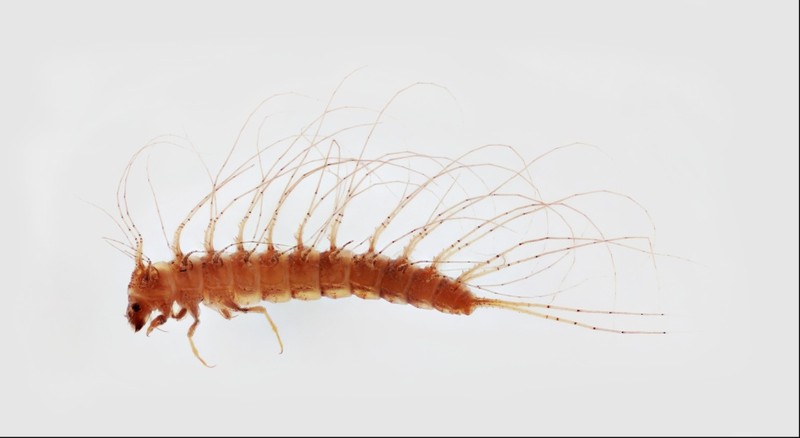order
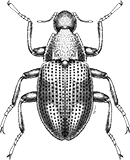
Coleoptera
“Adult Beetles”

Coleoptera
“Larval Beetles”

Diptera
“True Flies”

Ephemeroptera
“Mayflies”
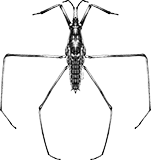
Hemiptera
“True Bugs”

Lepidoptera
“Aquatic Caterpillars, Snout Moths”

Megaloptera
“Alderflies, Dobsonflies, and Fishflies”
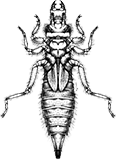
Odonata
“Dragonflies and Damselflies”
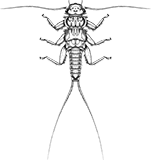
Plecoptera
“Stoneflies”
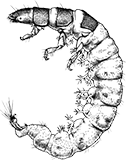
Trichoptera
“Caddisflies”
“Crawling Water Beetle Larvae”
Family Overview
Haliplidae


Crawling Water Beetle Larvae
This family includes over 70 North American species. Both the larvae and adults of this family are aquatic. They can be found in lentic-littoral or lotic-depositional habitats. They are good climbers among the rooted plants found in their habitats. Adults can be strong swimmers as well. Both life stages have similar feeding habits; they tend to be shredding or piercing herbivores, but some are engulfing predators. The larvae sometimes overwinter in moist soil before molting into pupae and then adults. The adults must frequently resurface for air; however, the larvae get all of their oxygen from the water.
Characteristics
POLLUTION TOLERANCE
Mid-Atlantic: 5 and higher
Midwest: 7 and higher
Southeast: 8.5 and higher
0 = least tolerant, 10 = most tolerant
FEEDING HABITS
Engulfer / Predator
Piercer / Herbivore
Shredder / Herbivore
Piercer / Herbivore
Shredder / Herbivore
MOVEMENT
Climber
Clinger
Clinger
Diagnostic Characters
order
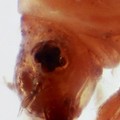
Eye Spots
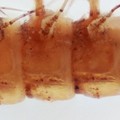
Lateral Gills USUALLY Absent
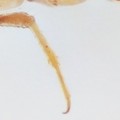
USUALLY 4-5-Segmented Legs
family

5-Segmented Legs + Claw
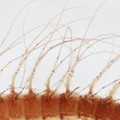
Dorsal Projections
+ Expanded Character List
Order:
Larvae: Usually without lateral abdominal gills. If gills present, then 4 hooks clustered on segment 10. Thoracic legs each usually with 4 or 5 segments and with 1 or 2 claws; if without legs, head distinctly sclerotized and posterior body (thorax and abdomen) simple, without gills, hair brushes, suckers, or breathing tube. Eye spots usually present, but compound eyes absent.
Family:
Mandibles with groove along the internal margin. Legs 5-segmented and with single claw. Mature larvae usually with long, slender, stiff, needle-like dorsal projections from thoracic and abdominal segments. Abdomen 9–10 segmented; hooks absent from terminal segments.
Lateral




